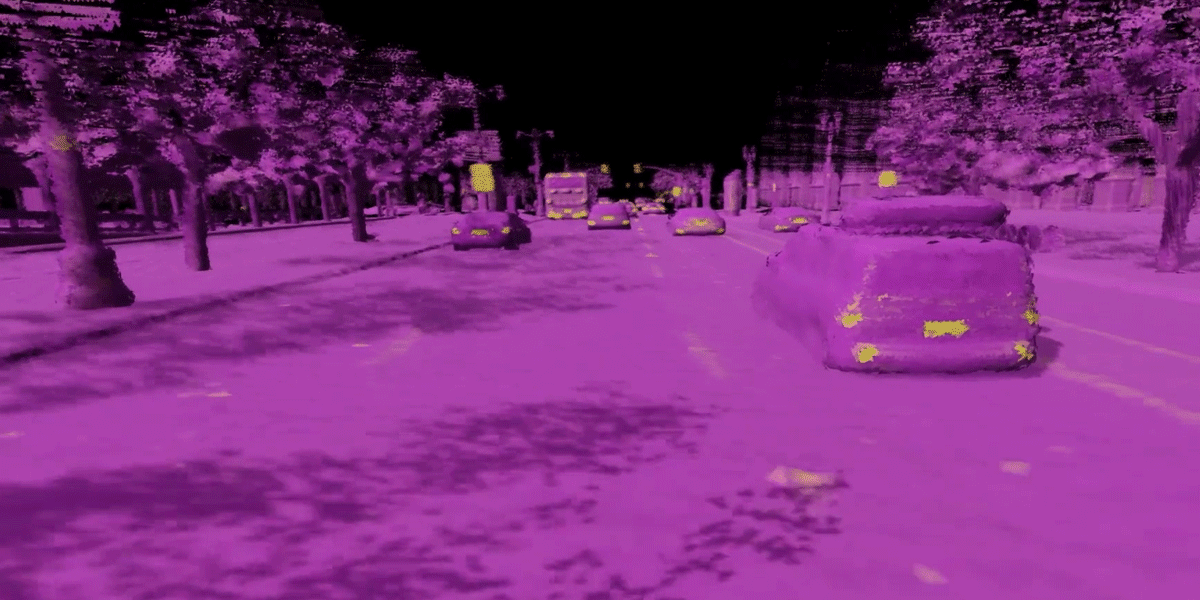EVNow
Well-Known Member
Some interesting things the Cruise CEO said just a few months back that is opposite of what Waymo fans here insist is the "only way" to make FSD work. And he acknowledges that using multiple sensors, HD Maps and Geofencing are all temporary measures and the ultimate goal is not achievable with these.
04:26 : okay so let's take a step back and just expand a bit more on our overall approach to autonomy the goal obviously in the medium to longer term for everybody working on this is to get to low-cost generalized autonomy we want fully autonomous driving we want it to work everywhere and we want it to be really inexpensive
04:48 : so there are a couple different ways that you can approach that problem you can start with a really low cost system like an L2 system and try to work your way up from a performance point of view or you can take the approach that we've taken
05:31 in order to have a shot at solving that we then relaxed a bunch of other constraints so we said we're going to throw as much compute as we possibly can at the problem we're going to throw as many sensors as we need to at the problem we're going to use high definition maps to help get there and we're going to put in place a geofence if we need to sort of optimize around that ...

Wow ... so what do we have here ? No - he is not "gloating" about multiple sensors and HD Maps ... he says they are "relaxing constraints" (a.k.a compromises / crutches they are using). He clearly understands and says they took all these short term measures in order to get to 1000x better at driving faster.
- Lots of sensors
- HD Maps
- Geofencing
But some want the world to believe that crutches are actually great and indeed the only way to get to FSD - looks like the classic "make a virtue of necessity".

04:26 : okay so let's take a step back and just expand a bit more on our overall approach to autonomy the goal obviously in the medium to longer term for everybody working on this is to get to low-cost generalized autonomy we want fully autonomous driving we want it to work everywhere and we want it to be really inexpensive
04:48 : so there are a couple different ways that you can approach that problem you can start with a really low cost system like an L2 system and try to work your way up from a performance point of view or you can take the approach that we've taken
05:31 in order to have a shot at solving that we then relaxed a bunch of other constraints so we said we're going to throw as much compute as we possibly can at the problem we're going to throw as many sensors as we need to at the problem we're going to use high definition maps to help get there and we're going to put in place a geofence if we need to sort of optimize around that ...
Wow ... so what do we have here ? No - he is not "gloating" about multiple sensors and HD Maps ... he says they are "relaxing constraints" (a.k.a compromises / crutches they are using). He clearly understands and says they took all these short term measures in order to get to 1000x better at driving faster.
- Lots of sensors
- HD Maps
- Geofencing
But some want the world to believe that crutches are actually great and indeed the only way to get to FSD - looks like the classic "make a virtue of necessity".
Last edited:




